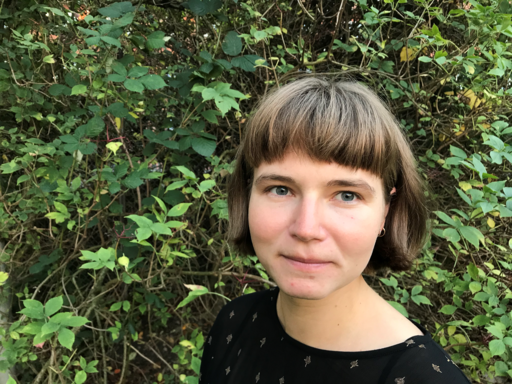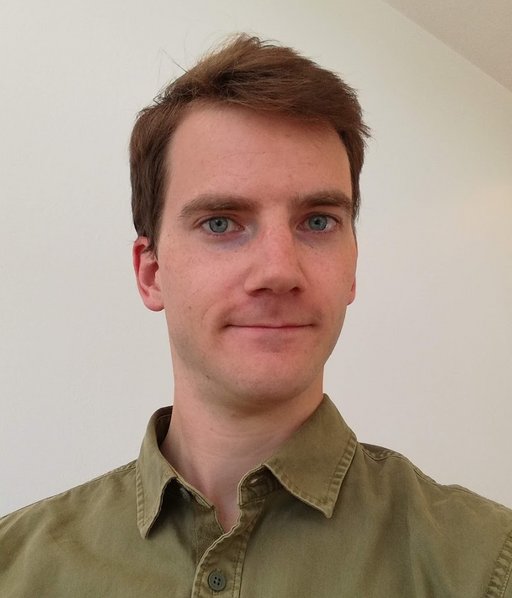University of Copenhagen
Functional nanoparticles form the basis of the research conducted by the two SMART Project PhD students hosted at the University of Copenhagen. Discover more about the students and their research on this page.
Characterization of structure/property relations in disordered oxide electrocatalysts from combined neutron and x-ray total scattering - Olivia Aalling-Frederiksen
Olivia is a PhD student in the Nanostructure group (Assoc. Prof. Kirsten M. Ø. Jensen) at the University of Copenhagen and she is fascinated by the nature of materials science. The long term goal of this project is to be able to make ‘Materials by Design’, and she is especially interested in understanding nanostructures and how a variety of factors in chemical synthesis will affect atomic structure.
Olivia's PhD project concerns structural characterization of disordered, amorphous and crystalline cobalt iron oxides for electrocatalysis. The potential of these materials has been discussed for several years, however the structure/property relations are yet to be fully understood. In her project, she is preparing cobalt iron oxide nanoparticles through solvothermal methods followed by thorough structural characterization using neutron and x-ray total scattering methods, complemented by electron microscopy and x-ray spectroscopy experiments. Catalytic activity measurements will furthermore provide her with knowledge on the catalytic properties of the material and contribute to the complete picture.
High-Entropy Nanoparticle Alloys for Catalysis - Jack Kirk Pedersen
Jack is a PhD student working with theoretical catalysis under the supervision of Professor Jan Rossmeisl at the University of Copenhagen, where he also obtained his master degree in computational chemistry. Catalysis is the field of making chemical transformations feasible, and his research is concerned with the discovery of new catalysts that can enable the chemical reactions that are necessary to transition to a sustainable society where the elements we make use of in our industries are recycled and where renewable energy can be stored in chemical bonds to use when the sun is not shining and the wind is not blowing. Some pressing tasks in this transformation are to convert carbon dioxide into fuels and water into hydrogen and oxygen as well as the corresponding inverse reactions.
For a feasible transition to a sustainable society we need the best catalysts, both in terms of what is chemically realizable but also in terms of price and the natural scarcity of elements. The Rossmeisl group develop and apply predictive models, and combine these with experimental results from collaborators, to discover these new catalysts with a new class of materials, high-entropy alloys, which are multicomponent alloys of five or more metals that offer an unprecedented, vast space for tunability of catalytic activity, stability, and price – and which are highly unexplored for catalytic purposes.
Read more about Jack's research in this recent article from the Rossmeisl group:
High-Entropy Alloys as Catalysts for the CO2 and CO Reduction Reactions

